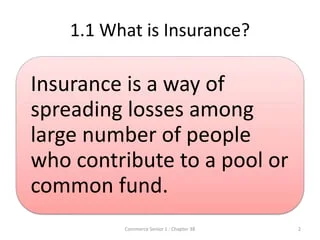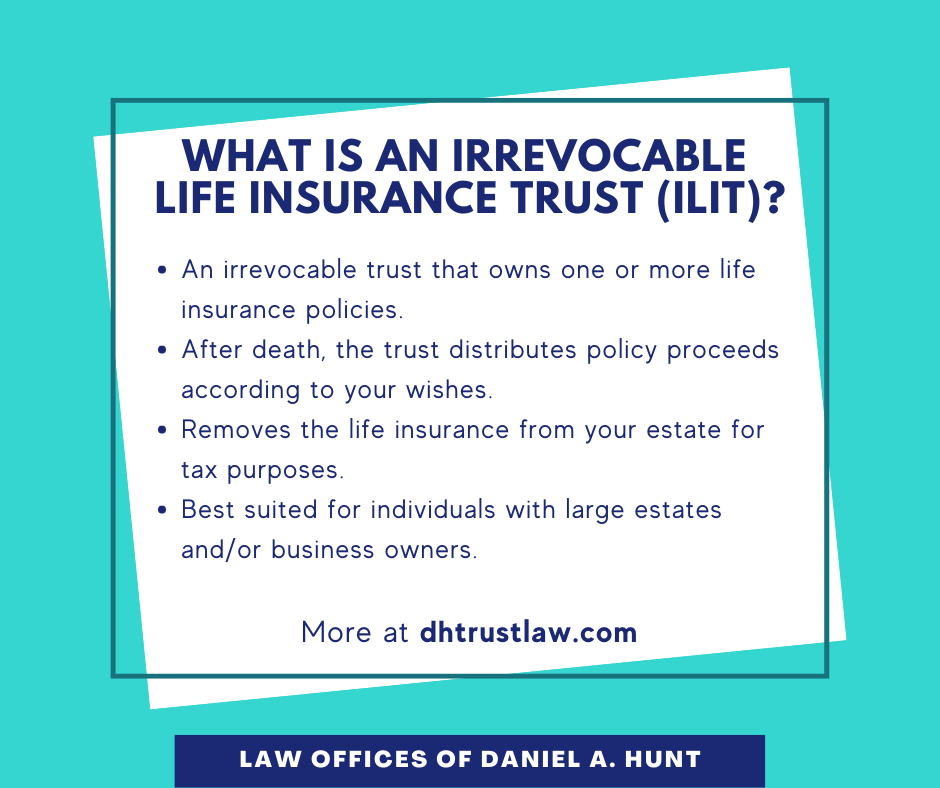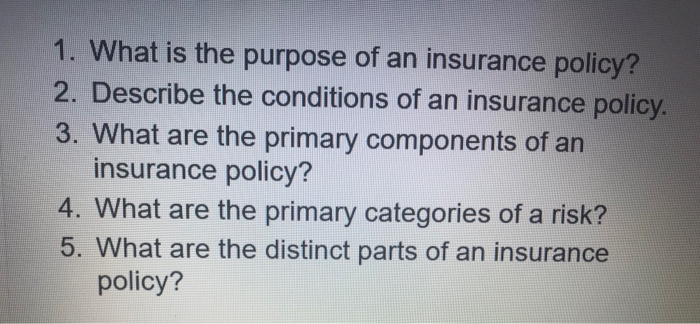Not known Facts About Pacific Prime
Not known Facts About Pacific Prime
Blog Article
See This Report about Pacific Prime
Table of ContentsPacific Prime Things To Know Before You Get ThisWhat Does Pacific Prime Mean?Not known Details About Pacific Prime Pacific Prime - Questions
In the majority of states, the insurance provider is called for to send you a duplicate of the changes to your plan. It is essential that you review Recommendations or Bikers so you comprehend how your plan has actually altered and if the policy is still sufficient to fulfill your needs. To acquire a copy of your insurance coverage, please contact your insurance agent or firm.
The Institute of Medication (IOM) Board on the Repercussions of Uninsurance launches a prolonged evaluation of evidence that addresses the importance of health and wellness insurance policy protection with the magazine of this record. Protection Matters is the first in a series of 6 records that will certainly be released over the following two years documenting the truth and repercussions of having an estimated 40 million individuals in the USA without health and wellness insurance coverage.

9 Easy Facts About Pacific Prime Explained
The objective of this collection of studies is to refocus policy attention on a historical problem. Following the longest financial expansion in American background, in 1999, an approximated one out of every 6 Americans32 million grownups under the age of 65 and even more than 10 million childrenremains uninsured (Mills, 2000).

Ten percent of the populace represent 70 percent of healthcare expenditures, a relationship that has actually stayed continuous over the past 3 decades (Berk and Monheit, 2001) - group insurance plans. Hence medical insurance continues to serve the feature of spreading threat even as it significantly funds routine treatment. From the point of view of health and wellness treatment carriers, insurance policy brought by their clients helps safeguard an income stream, and neighborhoods take advantage of monetarily viable and secure wellness care specialists and institutions
Government gives medical insurance to populaces whom the private market may not offer efficiently, such as handicapped and senior citizens, and populations whose access to healthcare is socially valued, such as kids and expectant women. The supreme ends of health and wellness insurance policy coverage for the individual and neighborhoods, including office neighborhoods of employees and employers, are boosted health outcomes and lifestyle.
Some Known Incorrect Statements About Pacific Prime
Employees rank medical insurance first without a doubt in value among all the benefits supplied in the office (Salisbury, 2001). There have been large financial investments of individual and public funds to supply wellness insurance policy, lots of people still have no insurance coverage. Regardless of extensive reporting of survey findings and wellness care research study results, the general public stays baffled and misinformed concerning Americans without health insurance and the ramifications of doing not have insurance coverage.

Without doubt, the intricacy of American health treatment financing devices and the wealth of sources of information add to the general public's confusion and suspicion concerning wellness insurance data and their analysis. This record and those that will certainly comply with purpose to distill and present in easily easy to understand terms the extensive study that bears on concerns of medical insurance coverage and its value.
Fifty-seven percent of Americans questioned in 1999 believed that those without medical insurance are "able to obtain the care they need from physicians and hospitals" (Blendon et al., 1999, p. 207). In 1993, when national attention was concentrated on the problems of the uninsured and on pending healthcare regulations, simply 43 percent of those polled held this belief (Blendon et al., 1999).

They also receive fewer preventive solutions and are much less most likely to have normal treatment for persistent problems such as hypertension and diabetes mellitus. Persistent diseases can cause costly and disabling complications if they are not well handled (Lurie et al., 1984; Lurie et al., 1986; Ayanian et al., 2000). One national survey asked more than 3,400 adults regarding 15 extremely major or dark conditions.
The 45-Second Trick For Pacific Prime
Added evidence exists later on in this chapter in the discussion of insurance coverage and access to wellness care. http://tupalo.com/en/users/6478264. People without wellness insurance coverage are young and healthy and balanced and select to go without coverage. Virtually half (43 percent) of those evaluated in 2000 thought that people without wellness insurance policy are most likely to have health troubles than individuals with insurance
Voters and plan makers in focus team discussions characterize those without insurance as youngsters that have the opportunity to be covered and feel they do not require it (Concierge Novelli, 2001). Contrasted to those with at the very least some private coverage, the without insurance are less most likely to report remaining in excellent or extremely excellent wellness (Agency for Healthcare Research Study and Quality, 2001).
SOURCE: Center for Expense and Financing Studies, Company for Health Care Study and Quality, based on MEPS information. Young grownups between 19 and 34 are even more most likely to do not have medical insurance than any type of various other age team. This is primarily since they are less typically qualified for employment-based insurance policy as a result of the nature of their work or their short period in it.
The assumption that individuals without insurance policy have better-than-average wellness complies with from puzzling the fairly young age profile of the uninsured with the much better health, generally, of more youthful persons. This address obscures the link in between health and wellness condition and health insurance. For those without access to office medical insurance, inadequate wellness is a potential obstacle to buying nongroup protection since such coverage may be very valued, leave out preexisting problems, or be just unavailable.
Report this page